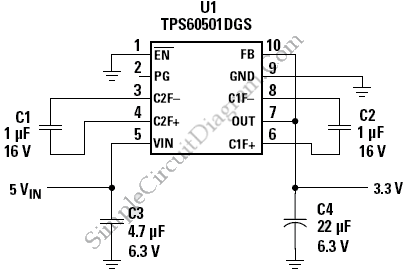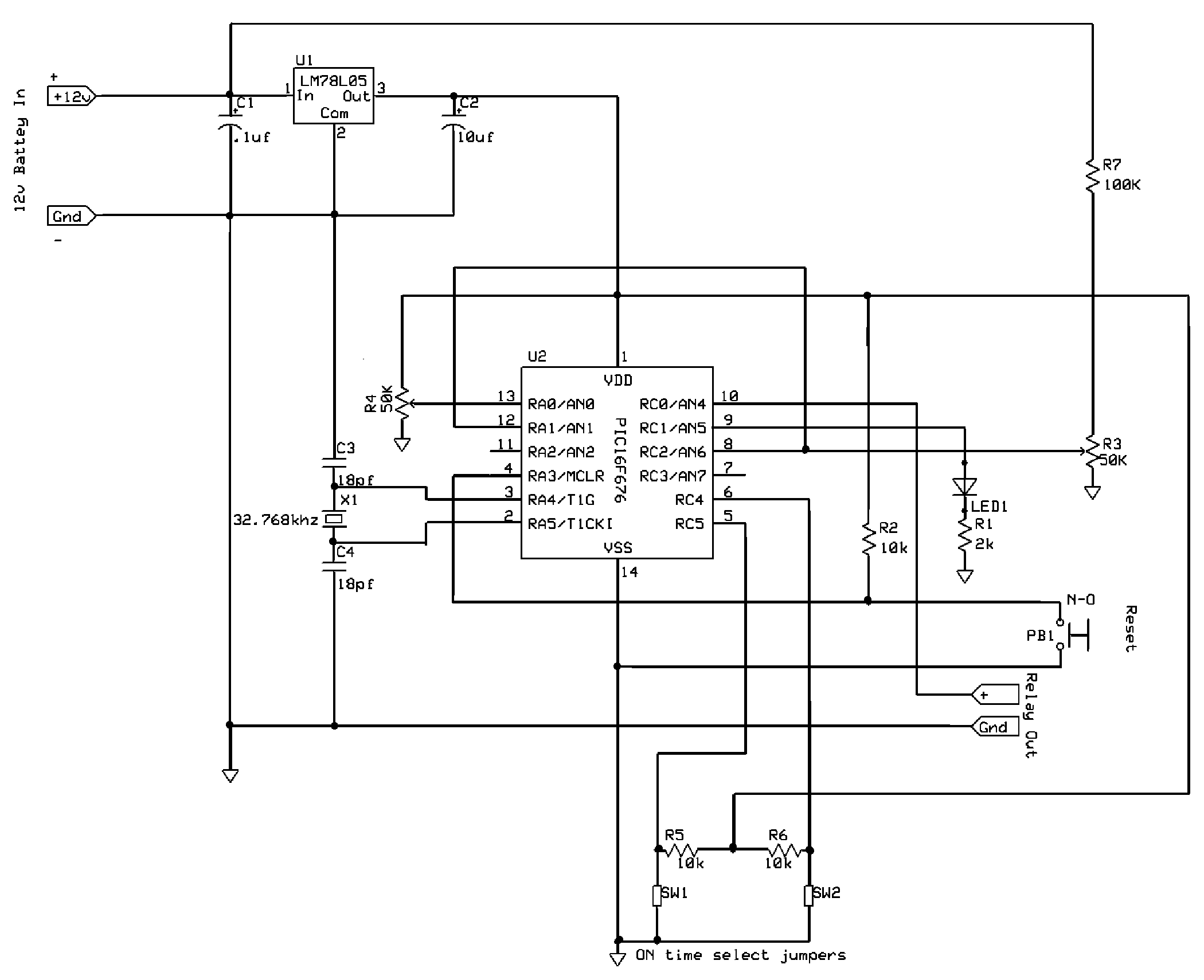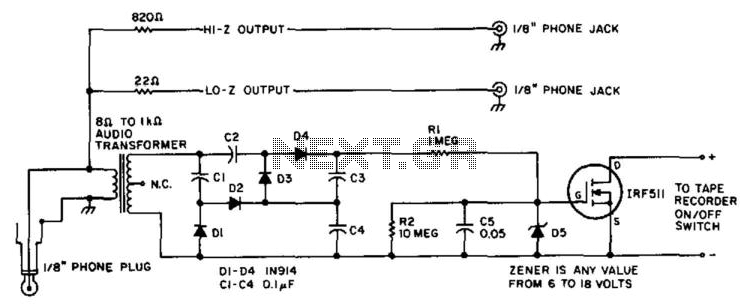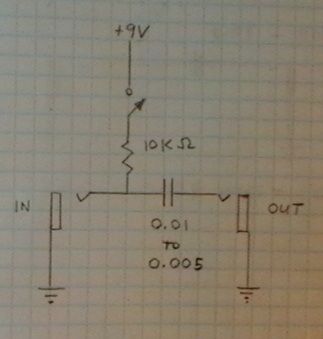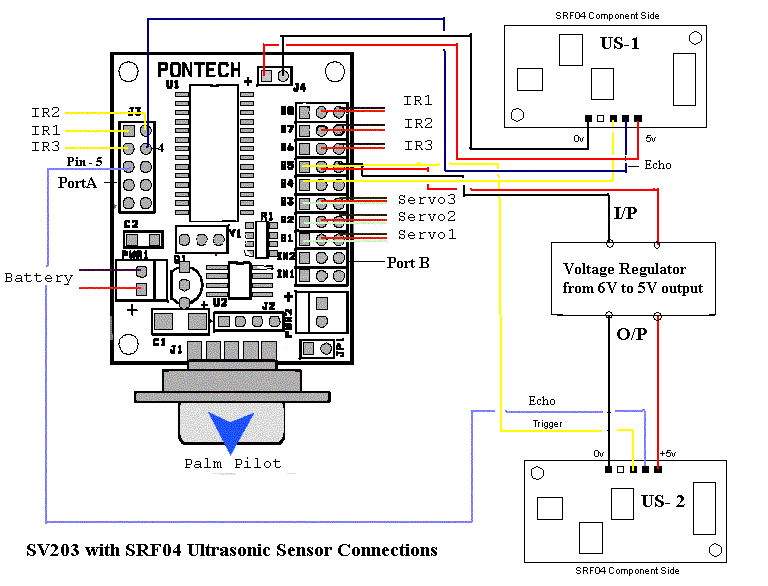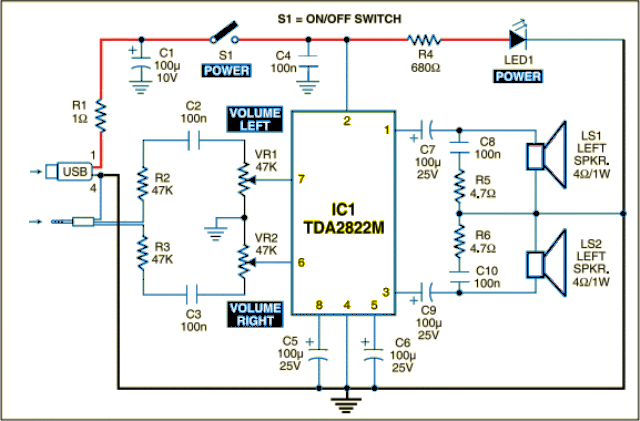
Phantom Powered Microphones
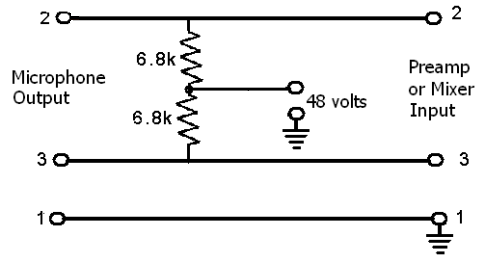
These devices require power to operate. This power can be supplied by a battery inserted into the microphone, a separate dedicated power supply with a specialized multi-pin cable, or most commonly, phantom power. Phantom power is supplied by a mixer or console, utilizing the same cable that transmits audio signals. This dual functionality gives the impression that the power is delivered magically. Phantom power is designed to function over shielded balanced lines, utilizing both the twisted pair and the shield for DC power delivery. Consequently, unbalanced microphones cannot utilize this system as described. The concept of phantom power is as old as the telephone, where DC power is used to operate the equipment while audio travels in both directions, known as duplex mode. In addition, 90 volts AC is used to actuate the ringer, all transmitted over a single pair of wires. Phantom power is simpler than this. The schematic illustrates the basic wiring: Pin 1 is ground, serving as the shield connection in the cable, while Pins 2 and 3 represent the balanced line. The +48 volts is evenly divided between both wires in the balanced line. A voltmeter reading between Pins 2 and 3 would indicate ZERO volts. It is only when measuring against the ground/shield wire that +48 volts can be observed. If the preamp or mixer includes a properly wound transformer input, and the microphone contains a transformer, these components effectively block the DC from entering the microphone element or the mixer circuitry. The voltage can be removed before reaching the microphone's internal circuitry. The power supply and circuitry may be integrated into the console or mixer. The two resistors must be highly precise, with a tolerance of 1% or better. Using standard resistors with 10% or 20% tolerance could result in discrepancies between the two resistors, leading to a measurable voltage between Pins 2 and 3. Such an imbalance would compromise the balanced line's noise rejection capabilities. The two wires need to be identical in all aspects to effectively eliminate common mode noise. The 6.8 kilo-ohm value is designated for +48 volts, and the power supply must maintain ultra-low ripple noise to avoid introducing stray noise signals. Many modern phantom-powered microphones can operate with voltages ranging from 12 volts to +48 volts. A voltage regulator can accommodate a wide voltage range and provide a consistent output voltage. In microphones or mixers that do not incorporate active balancing transformers, phantom powering can also be achieved using blocking capacitors and diodes, ensuring that the voltage between Pins 2 and 3 remains zero. This explains why cables like Belden 1353A, which is a single unshielded bonded pair for analog or digital audio, are unsuitable for phantom-powered microphones due to the lack of shielding. Previous analyses have calculated voltage drops over wire pairs, but variations in wire gauge can complicate predictions of distance for microphone cables. If a console supplies +48 volts while a microphone requires only +12 volts, significant voltage drops may occur before they become noticeable. Phantom power can function effectively over hundreds of feet, yet issues persist with microphones that do not require phantom power but struggle with lines that have phantom power applied. This is why many consoles or mixers provide the option to enable or disable phantom power for each input, particularly concerning ribbon microphones.
Phantom power is essential for many professional audio applications, allowing for the use of high-quality condenser microphones that require external power. The implementation of phantom power necessitates careful attention to cable selection, circuit design, and component specifications to ensure optimal performance. The balanced line configuration minimizes the risk of interference and noise pickup, while the precision of resistors and the quality of the power supply play critical roles in maintaining signal integrity.
In practice, the design of a phantom power circuit involves selecting appropriate resistors that match the required impedance and ensuring that the power supply delivers a stable voltage without significant ripple. The use of high-quality capacitors for decoupling can further enhance the stability of the power supply. Additionally, the choice of microphone cable is crucial; it must be shielded to prevent electromagnetic interference while maintaining low capacitance to preserve audio quality.
Overall, the integration of phantom power into audio systems exemplifies the sophistication of modern audio engineering, balancing the need for power with the preservation of audio fidelity.These require power to work. Sometimes, that`s a battery you put into the mic. Sometimes it`s a separate dedicated power supply with a special multi-pin cable. But most often these microphones use phantom power. This is power deliveredby a mixer or console, which uses the same cable that the audio comes back on. Hence, the idea phantom because the cable is doing two things and the power seems to be delivered by magic. Phantom power is set up to run on shielded balanced lines, because it uses both the twisted pair and the shield as the DC power delivery. Unbalanced microphones, therefore, cannot use this system-at least not as it is described below. Phantom powering is an idea as old as the telephone. In your telephone, on the two wires used you have DC to power the equipment, audio travelling in both directions, called duplex mode, so both people can talk at the same time, and 90 volts AC which actuates the ringer, all on one pair of wires!
Phantom power is much simpler than that. The schematic below, gives you the basic idea of how it is wired up. Pin 1 is ground, the shield connection in the cable. Pins 2 and 3 are the balanced line. You can see that the +48 volts is divided equally between both wires in the balanced line. If you took a voltmeter and read between pins 2 and 3, it would say ZERO volts. It`s only when you look at those wires, compared to the ground/shield wire, that you would see +48 volts. If your preamp or mixer has a real wound transformer input, and there is a transformer inside the microphone, these would effectively block the DC from entering the microphone element or the mixer circuitry.
The voltage could easily be removed before then to power up whatever circuitry is inside the microphone. The power supply and circuitry above could easily be built into the console or mixer. Of course, those two resistors have to be very precise, 1% tolerance or even better would be preferred.
If you used a garden variety resistor with 10% or 20% tolerance, then those two resistors would not be the same and you could easily read a small voltage between pins 2 and 3. Even worse, this imbalance would affect the ability of this balanced line to reject noise. Those two wires need to be identical in every way to effectively get rid of common mode noise rejection.
I feel another blog coming on! The 6. 8 kilo ohm value is for +48 volts. And the supply needs to be ultra-low low ripple noise so it doesn`t introduce any stray noise signals. Many phantom powered microphones these days will accept anything between 12 volts and +48 volts. A voltage regulator can easily accept a wide range of voltages and give you a single voltage output. In mics or mixers that do not use active balancing transformers you can accomplish the same phantom powering with the use of blocking capacitors and diodes.
Just be sure that the resulting voltage between pin 2 and 3 is always zero. And you can see why cable such as Belden 1353A, which is a single unshielded bonded pair for analog or digital audio, won`t work for phantom powered microphones. No shield! In my past blog, we calculated the voltage drop on a pair of wires. But, in this case, because the actual wire gage could vary widely with the choice of microphone cable, it is hard to predict how far you could go.
If your console supplies +48 volts, and your mic only needs +12 volts, then there could be a very significant voltage drop before you would even notice. I have seen phantom power working perfectly for hundreds of feet. I still keep reading about microphones that don`t need phantom power but don`t play well with a line which has phantom power applied.
This is why many consoles or mixers allow you to turn the phantom voltage on or off for each input. I hear this especially often about ribbon microphones. Is this just 🔗 External reference
Phantom power is essential for many professional audio applications, allowing for the use of high-quality condenser microphones that require external power. The implementation of phantom power necessitates careful attention to cable selection, circuit design, and component specifications to ensure optimal performance. The balanced line configuration minimizes the risk of interference and noise pickup, while the precision of resistors and the quality of the power supply play critical roles in maintaining signal integrity.
In practice, the design of a phantom power circuit involves selecting appropriate resistors that match the required impedance and ensuring that the power supply delivers a stable voltage without significant ripple. The use of high-quality capacitors for decoupling can further enhance the stability of the power supply. Additionally, the choice of microphone cable is crucial; it must be shielded to prevent electromagnetic interference while maintaining low capacitance to preserve audio quality.
Overall, the integration of phantom power into audio systems exemplifies the sophistication of modern audio engineering, balancing the need for power with the preservation of audio fidelity.These require power to work. Sometimes, that`s a battery you put into the mic. Sometimes it`s a separate dedicated power supply with a special multi-pin cable. But most often these microphones use phantom power. This is power deliveredby a mixer or console, which uses the same cable that the audio comes back on. Hence, the idea phantom because the cable is doing two things and the power seems to be delivered by magic. Phantom power is set up to run on shielded balanced lines, because it uses both the twisted pair and the shield as the DC power delivery. Unbalanced microphones, therefore, cannot use this system-at least not as it is described below. Phantom powering is an idea as old as the telephone. In your telephone, on the two wires used you have DC to power the equipment, audio travelling in both directions, called duplex mode, so both people can talk at the same time, and 90 volts AC which actuates the ringer, all on one pair of wires!
Phantom power is much simpler than that. The schematic below, gives you the basic idea of how it is wired up. Pin 1 is ground, the shield connection in the cable. Pins 2 and 3 are the balanced line. You can see that the +48 volts is divided equally between both wires in the balanced line. If you took a voltmeter and read between pins 2 and 3, it would say ZERO volts. It`s only when you look at those wires, compared to the ground/shield wire, that you would see +48 volts. If your preamp or mixer has a real wound transformer input, and there is a transformer inside the microphone, these would effectively block the DC from entering the microphone element or the mixer circuitry.
The voltage could easily be removed before then to power up whatever circuitry is inside the microphone. The power supply and circuitry above could easily be built into the console or mixer. Of course, those two resistors have to be very precise, 1% tolerance or even better would be preferred.
If you used a garden variety resistor with 10% or 20% tolerance, then those two resistors would not be the same and you could easily read a small voltage between pins 2 and 3. Even worse, this imbalance would affect the ability of this balanced line to reject noise. Those two wires need to be identical in every way to effectively get rid of common mode noise rejection.
I feel another blog coming on! The 6. 8 kilo ohm value is for +48 volts. And the supply needs to be ultra-low low ripple noise so it doesn`t introduce any stray noise signals. Many phantom powered microphones these days will accept anything between 12 volts and +48 volts. A voltage regulator can easily accept a wide range of voltages and give you a single voltage output. In mics or mixers that do not use active balancing transformers you can accomplish the same phantom powering with the use of blocking capacitors and diodes.
Just be sure that the resulting voltage between pin 2 and 3 is always zero. And you can see why cable such as Belden 1353A, which is a single unshielded bonded pair for analog or digital audio, won`t work for phantom powered microphones. No shield! In my past blog, we calculated the voltage drop on a pair of wires. But, in this case, because the actual wire gage could vary widely with the choice of microphone cable, it is hard to predict how far you could go.
If your console supplies +48 volts, and your mic only needs +12 volts, then there could be a very significant voltage drop before you would even notice. I have seen phantom power working perfectly for hundreds of feet. I still keep reading about microphones that don`t need phantom power but don`t play well with a line which has phantom power applied.
This is why many consoles or mixers allow you to turn the phantom voltage on or off for each input. I hear this especially often about ribbon microphones. Is this just 🔗 External reference
